

木人桩,乃咏春拳中器械练习的一种独特形式。据传,此法由红船上的咏春祖先设计,以适应狭窄空间的训练需求。
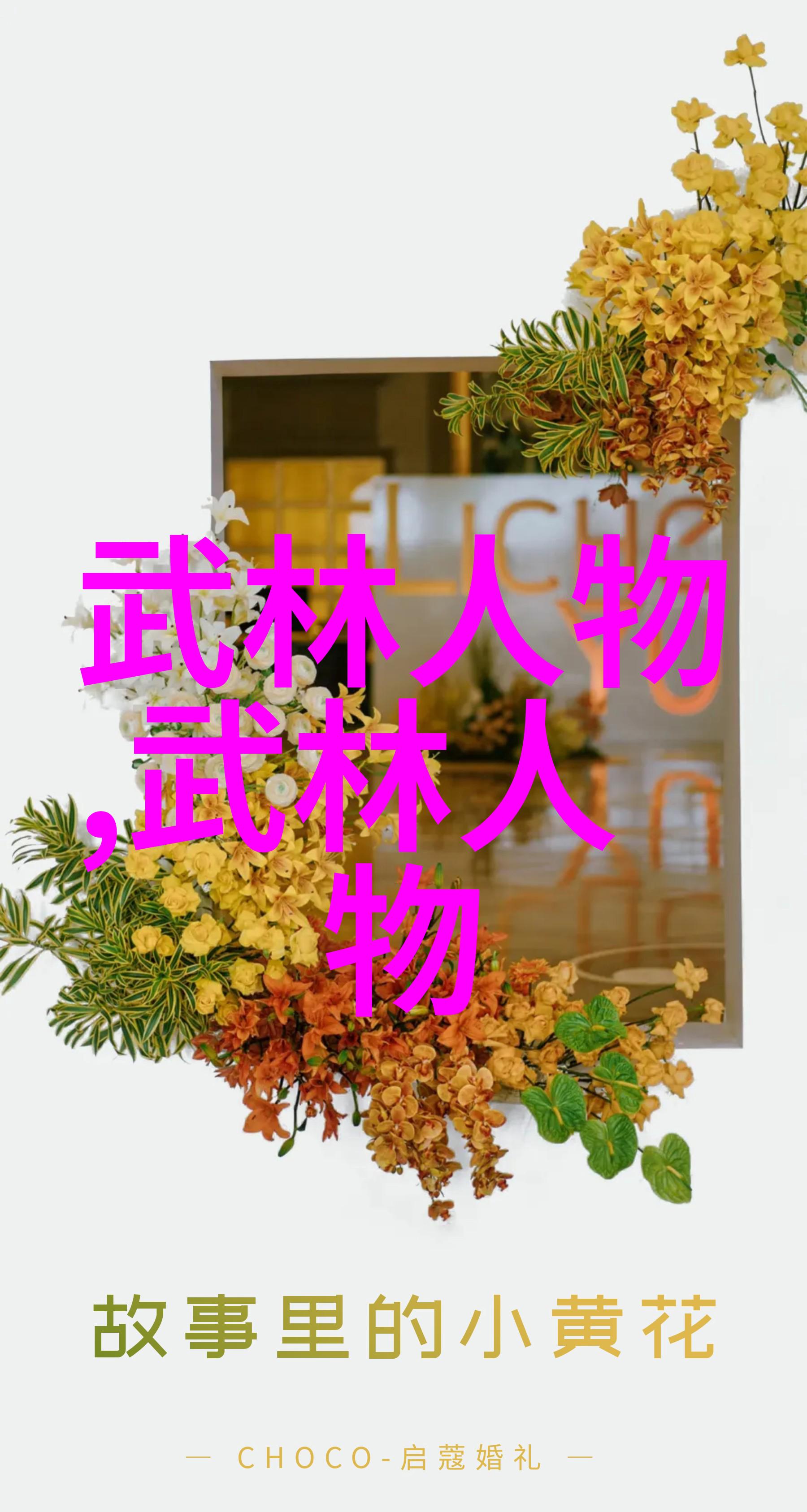
木人桩作为咏春拳中的最后一套徒手搏击训练,融合了小念头、寻桥、标指等技巧,是一套全面的训练体系。然而,有些门人误以为木人桩是咏春拳的精髓所在,把所有厉害的手法都归结为木人桩。这是一种错误的认识,因为即便木人桩如此高明,也仅仅是一部分技能之一,而不是全部。
木人桩共有108个动作,也称为108式木人桩法。但有人将其数量定位为116式、128式甚至更多,这似乎表明越多越好,但实际上数量并不重要,最关键的是是否能深刻理解其中的内涵和道理。

wooden man, a practice method for correcting technique and posture, or compensating for mistakes. The wooden man is inanimate and fixed, while the practitioner must adapt to its position to ensure their movements are consistent and precise.
The three sets of qinggong in the kung fu system do not teach how to attack an opponent, only how to generate power, rotate the body, shift weight, and maintain proper stance. These requirements reflect the highest standards of martial arts theory.

True training systems and methods are based on the principles of qinggong's three sets.
Many people misunderstand "sticky hands" as simply sticking one's hand onto their opponent's without any skill or strategy. They also believe that Qinggong is only effective in close-range combat with no expertise beyond short-range attacks. However, this misconception overlooks the fact that grappling is a mutual process where both parties have equal opportunities to strike each other within a shared range.

Sticky hands can be called by any name - black hands, white hands, killing hands - as long as it reflects its purpose: training reaction skills through precise calculations over time until they become natural instincts like blinking when threatened by something touching one's eyes.
Training should avoid unnecessary fancy moves such as chasing after opponents' movements or relying on brute force alone; instead focus on developing speed and agility while maintaining balance throughout all techniques practiced during sticky hands exercises.
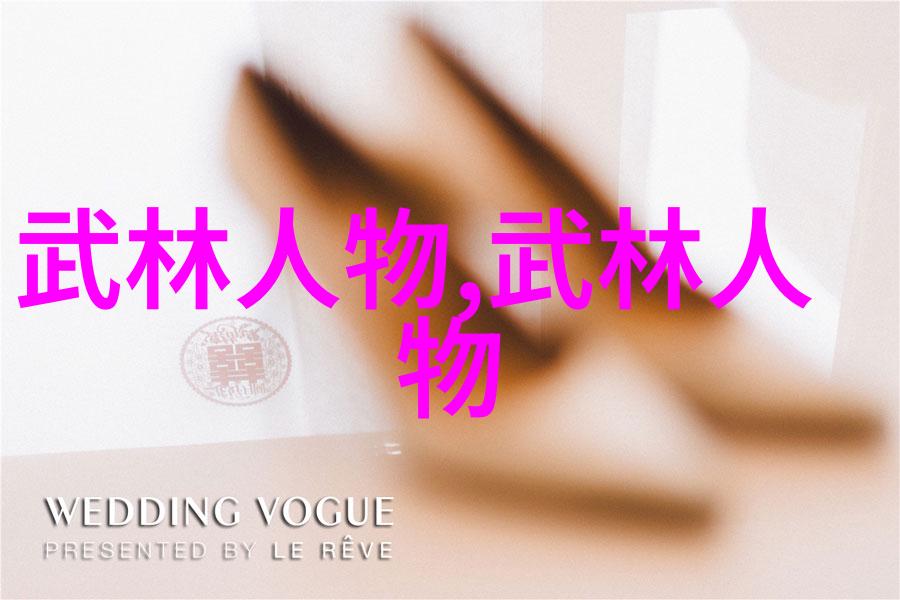

2025-02-11

2025-02-11
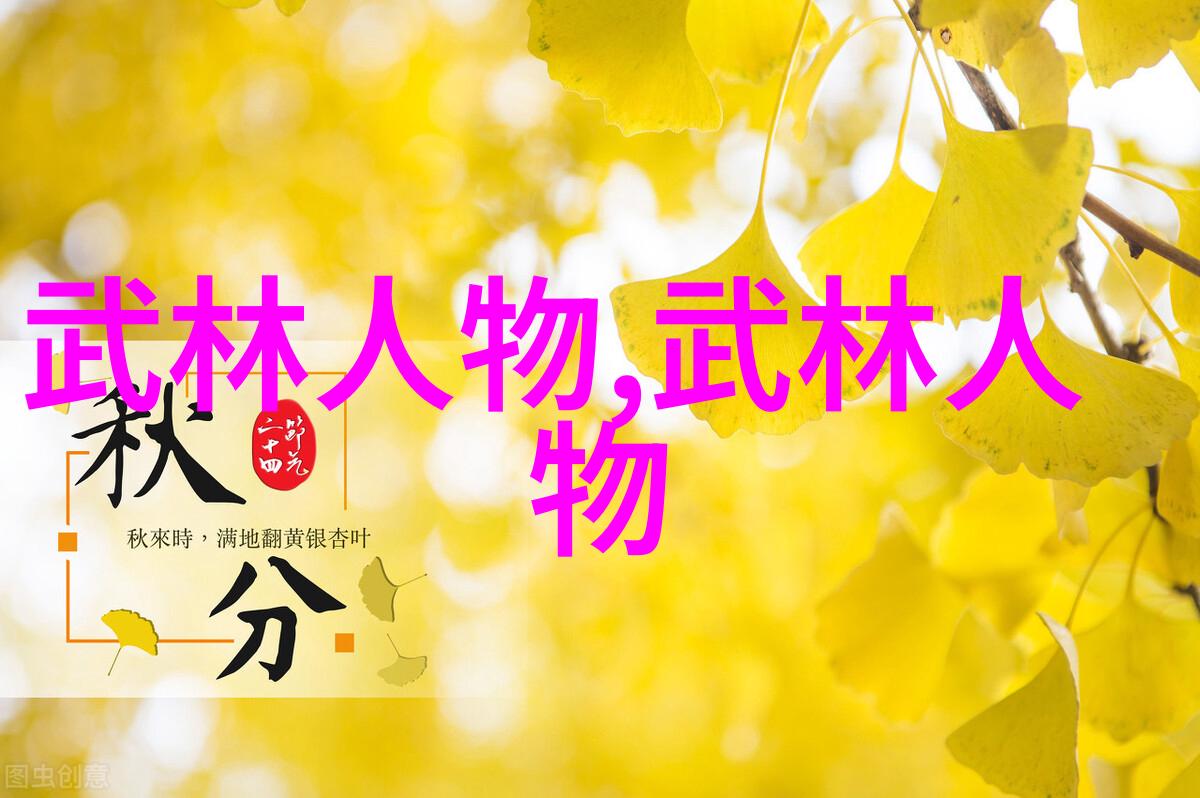
2025-02-11
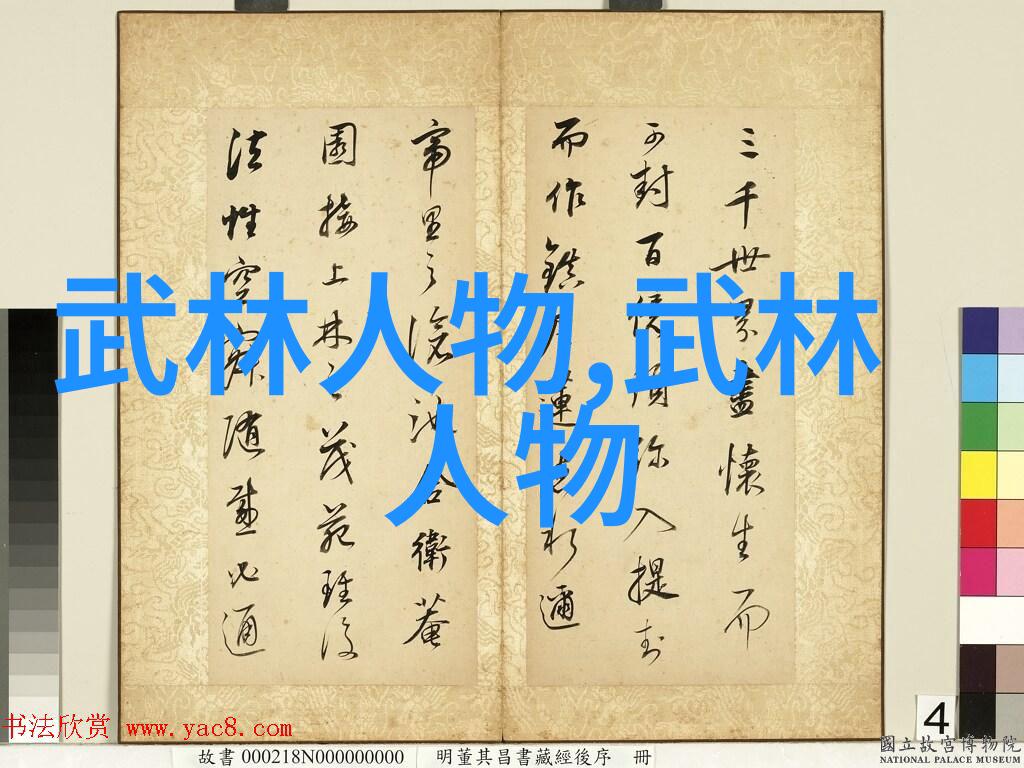
2025-02-11

2025-02-11

2025-02-11

2025-02-11

2025-02-11
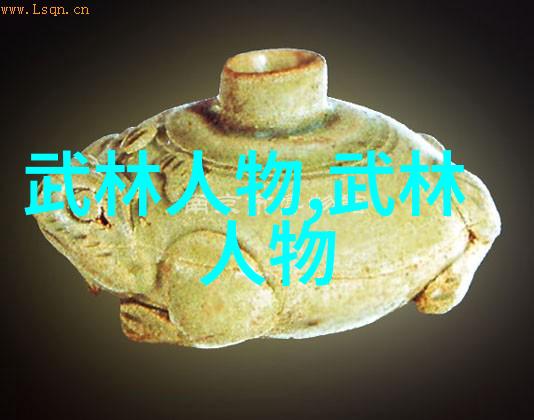
2025-02-11
2025-02-11